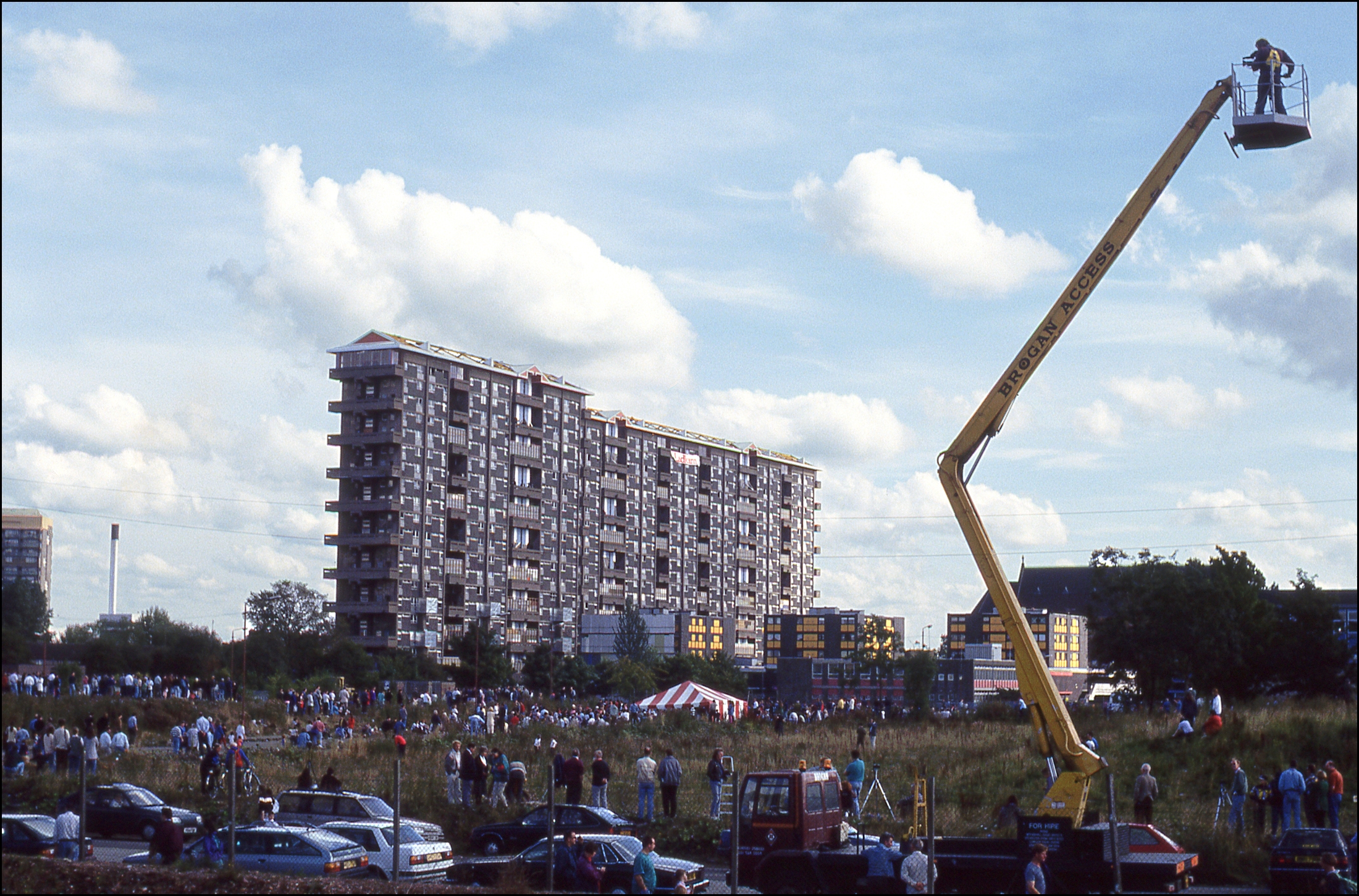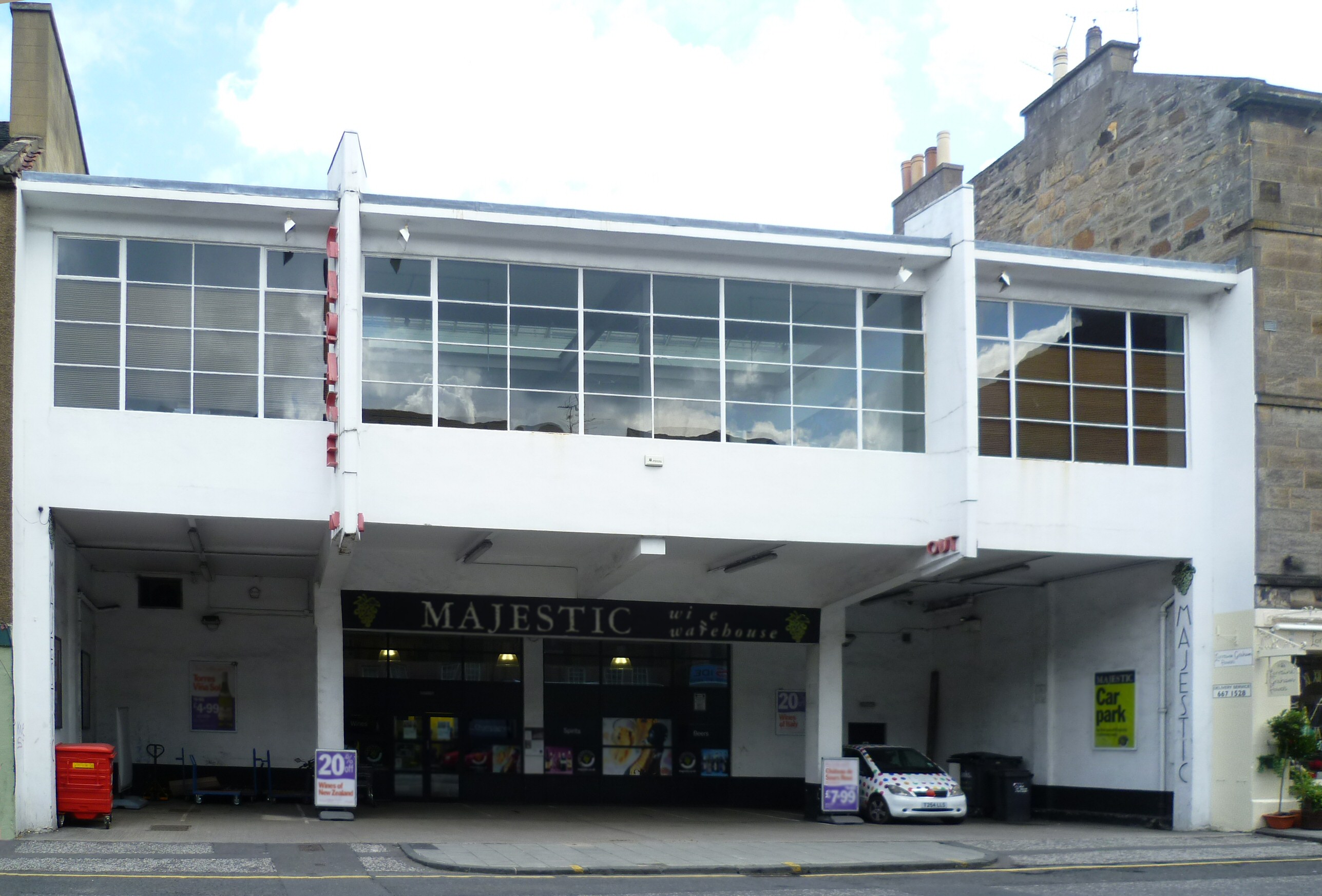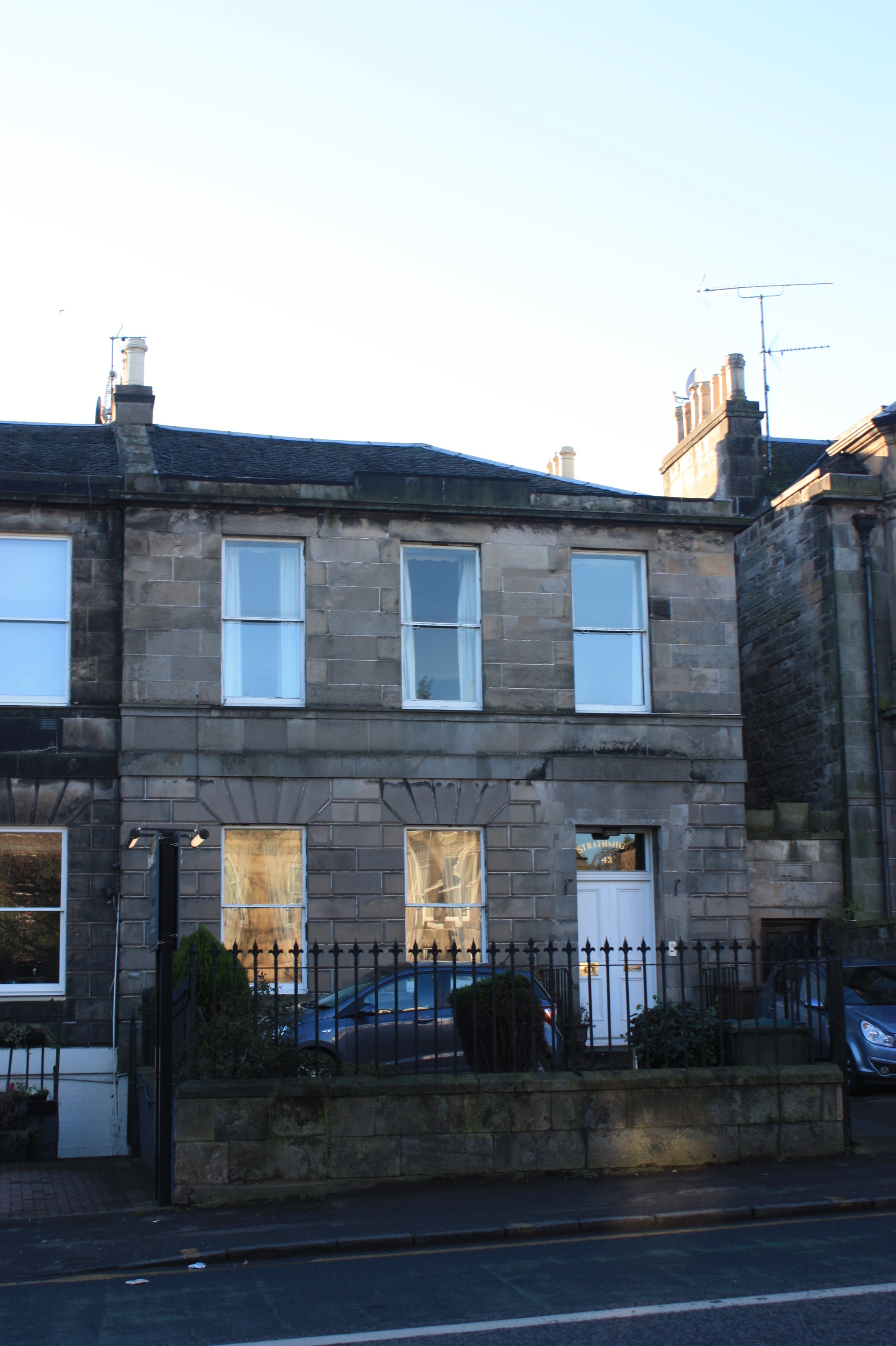|
Hutchesontown
Hutchesontown is an inner-city area in Glasgow, Scotland. Mostly residential, it is situated directly south of the River Clyde and forms part of the wider historic Gorbals district, which is covered by the Southside Central ward under Glasgow City Council. The area is linked to Glasgow Green public park on the north side of the river by St. Andrew's Suspension Bridge and King's Bridge. At its north-western edge, Albert Bridge is the closest crossing point towards Glasgow city centre. In McNeill Street, Hutchesontown has one of Glasgow's original Carnegie libraries, deftly designed by the Inverness-born architect James Robert Rhind. James Stokes, recipient of the Victoria Cross, was from the area. Comprehensive Development Area Following the Second World War, Hutchesontown was declared a Comprehensive Development Area (CDA) in 1957, in the aftermath of the Bruce Report. [...More Info...] [...Related Items...] OR: [Wikipedia] [Google] [Baidu] |
Gorbals
The Gorbals is an area in the city of Glasgow, Scotland, on the south bank of the River Clyde. By the late 19th century, it had become densely populated; rural migrants and immigrants were attracted by the new industries and employment opportunities of Glasgow. At its peak, during the 1930s, the wider Gorbals district (which includes the directly adjoined localities of Laurieston and Hutchesontown) had swollen in population to an estimated 90,000 residents. Along with its relatively small size, this gave the area a very high population density of around 40,000/km². Redevelopment after WWII has taken many turns, and the area's population is substantially smaller today. Meaning of placename The name is first documented in the 15th and 16th centuries as ''Gorbaldis'', and its etymology is unclear. It may be related to the Ecclesiastical Latin word ('sheaf'), found in the Scottish Gaelic term ('tenth sheaf'), a tithe of corn given to a parish rector. The taking of was a right ... [...More Info...] [...Related Items...] OR: [Wikipedia] [Google] [Baidu] |
Hutchesontown C
Hutchesontown C was a Comprehensive Development Area (CDA) of an area of Hutchesontown, a district in the city of Glasgow, Scotland. Its centrepiece were two Brutalist 20-storey slab blocks at 16-32 Queen Elizabeth Square, designed by Sir Basil Spence and containing 400 homes. Acclaimed by architects and modernists, the flats became riddled with damp and infestations, which could not be cured even with a major renovation in the late 1980s. They were demolished in 1993, with the demolition contractor using twice the amount of explosive necessary to destroy the building, killing a female spectator in the process. Design The aim was to replace of slums in Hutchesontown with new low and high rise housing, schools and shops.Gorbals, Glasgow: Hutchesowntown Scotcities (Gerald Blaikie) The development co ... [...More Info...] [...Related Items...] OR: [Wikipedia] [Google] [Baidu] |
Glasgow Green
Glasgow Green is a park in the east end of Glasgow, Scotland, on the north bank of the River Clyde. Established in the 15th century, it is the oldest park in the city. It connects to the south via the St Andrew's Suspension Bridge. History In 1450, King James II granted the parkland to Bishop William Turnbull and the people of Glasgow. The Green then looked quite different from the Green today. It was an uneven, swampy area made up of several distinct "greens" (separated by the Camlachie and Molendinar Burns): the High Green; the Low Green; the Calton Green; and the Gallowgate Green. In the centuries that followed, the parkland was used for grazing, washing and bleaching linen, drying fishing nets, and recreational activities like swimming. In 1732, Glasgow’s first ''steamie'', called ''the Washhouse'', opened on the banks of the Camlachie Burn. From 25 December 1745 to 3 January 1746, Bonnie Prince Charlie's army camped in ''Flesher's Haugh'' (privately owned at the ti ... [...More Info...] [...Related Items...] OR: [Wikipedia] [Google] [Baidu] |
Basil Spence
Sir Basil Urwin Spence, (13 August 1907 – 19 November 1976) was a Scottish architect, most notably associated with Coventry Cathedral in England and the Beehive in New Zealand, but also responsible for numerous other buildings in the Modernist/Brutalist style. Training Spence was born in Bombay, Bombay Presidency, British India,Let's be frank about Spence ''The Guardian'' (16 October 2007). Retrieved: 10 October 2021. the son of Urwin Archibald Spence, an assayer with the . He was educated at the John Connon School, operated by the Bombay Scottish Education Society, and was the ... [...More Info...] [...Related Items...] OR: [Wikipedia] [Google] [Baidu] |
Scissor Section Flat
The scissor section flat is a distinctive way of arranging the flats in an apartment block that was developed in the 1950s by London County Council Architects department. The interlocking design provides a way of maximising the space given to flats in any building volume by reducing the space needed for entrance corridors and providing a dual aspect for each dwelling. When used in high rise tower blocks , the scissor arrangement also makes the lift installation cheaper as a landing is only required every three levels. But the design does have accessibility issues and the complex arrangement has caused confusion for emergency services. The design Scissor section flats consist of interlocking designs and typically are a mixture of 'up' flats and 'down' flats. In an 'up' flat, you enter the flat from a central entrance corridor and go up a half-storey set of stairs to the first 'main' level of the flat, typically containing the living room and kitchen. From there a second half-stor ... [...More Info...] [...Related Items...] OR: [Wikipedia] [Google] [Baidu] |
Robert Matthew
Sir Robert Hogg Matthew, OBE FRIBA FRSE (12 December 1906 – 2 June 1975) was a Scottish architect and a leading proponent of modernism. Early life & studies Robert Matthew was the son of John Fraser Matthew (1875–1955) (also an architect, and the partner of Sir Robert Lorimer) and his wife, Annie Broadfoot Hogg. From 1920, the family lived at 43 Minto Street ironically the epitome of Georgian classicism rather than modern architecture. Robert was born and brought up in Edinburgh, was educated at Edinburgh Institution and attended the Edinburgh College of Art where he studied under John Begg. Family life In 1931 Matthew married Lorna Pilcher. They had three children: Robert Aidan Matthew, born in July 1936, Janet Frances Catriona Matthew, born in March 1939, and Jessie Ann Matthew born in June 1952. From 1939 they lived at 12 Darnaway Street, Edinburgh and from 1956 they lived at Keith Marischal House, Humbie, East Lothian. Career Robert was apprenticed with his ... [...More Info...] [...Related Items...] OR: [Wikipedia] [Google] [Baidu] |
Glasgow Central (UK Parliament Constituency)
Glasgow Central is a constituency of the House of Commons of the Parliament of the United Kingdom (at Westminster). In its current form, the constituency was first used at the 2005 general election, but there was also a ''Glasgow Central'' constituency that existed from 1885 to 1997. The sitting MP is Alison Thewliss of the Scottish National Party (SNP), who was first elected in May 2015. This constituency was also the seat of the former Conservative Prime Minister Bonar Law, who was the shortest-serving UK Prime Minister of the twentieth century. Boundaries 1885–1918: The Seventh, Eighth, Ninth, Twelfth, and Thirteenth Municipal Wards. 1918–1950: "That portion of the city which is bounded by a line commencing at a point at the intersection of the centre lines of Parliamentary Road and Castle Street, thence southward along the centre line of Castle Street to the centre line of Alexandra Parade, thence eastward along the centre line of Alexandra Parade to the centre li ... [...More Info...] [...Related Items...] OR: [Wikipedia] [Google] [Baidu] |
Bruce Report
The Bruce Report (or the Bruce Plan) is the name commonly given to the ''First Planning Report to the Highways and Planning Committee of the Corporation of the City of Glasgow''Robert Bruce (1945), ''First Planning report to the Highways and Planning Committee of the Corporation of the City of Glasgow'', Corporation of the City of Glasgow, Glasgow published in March 1945. It influenced an intensive programme of regeneration and rebuilding efforts which took place in the city and surroundings from the mid-1950s and lasted until the late 1970s. The author was Robert Bruce, Glasgow Corporation Engineer at the time. A few years later in 1949 the Scottish Office in Edinburgh issued its rival ''Clyde Valley Regional Plan 1946'' ('CVP'). This was authored by a team led by Sir Patrick Abercrombie and Robert H MatthewSir Patrick Abercrombie & Robert H Matthew (1949), ''Clyde Valley Regional Plan 1946'', His Majesty's Stationery Office, Edinburgh and disagreed with the Bruce Report in a ... [...More Info...] [...Related Items...] OR: [Wikipedia] [Google] [Baidu] |
James Stokes
James Stokes VC (6 February 1915 – 1 March 1945) was a Scottish recipient of the Victoria Cross, the highest and most prestigious award for gallantry in the face of the enemy that can be awarded to British and Commonwealth forces. Details Stokes was 30 years old, and a private in the 2nd Battalion, King's Shropshire Light Infantry, British Army during the Second World War. He was killed in action on 1 March 1945, in Kervenheim, Rhineland, Germany where his actions earned him the Victoria Cross. In Germany, on 1st March, 1945, during an attack on Kervenheim, Private Stokes was a member of the leading section of a platoon pinned down by heavy fire from a farm building. Without waiting for orders Private Stokes dashed through the enemy fire, to disappear inside this building. The fire stopped, and he reappeared, wounded in the neck, bringing with him twelve prisoners. This valiant action enabled the platoon to advance to the next objective. Private Stokes was ordered ba ... [...More Info...] [...Related Items...] OR: [Wikipedia] [Google] [Baidu] |
James Robert Rhind
James Robert Rhind, architect, was born in Inverness, Scotland in 1854 and trained as an architect in his father's local practice. He was successful in the architectural competition for new libraries to be constructed in Glasgow following Andrew Carnegie’s gift of £100,000 to the city in 1901. His designs were selected for 7 libraries, allowing him to demonstrate his individual interpretation of Edwardian Baroque architecture. Rhind’s libraries were all built with locally quarried sandstone, which blended in with the existing tenement neighbourhoods. His landmark buildings were greatly enhanced by his liberal use of columns, domes and sculpted features. Many of the façades were decorated with stone and bronze statues by the noted Glasgow sculptor, William Kellock Brown. Rhind retained his base in Inverness while he temporarily occupied offices in Glasgow city centre during the construction of the new Carnegie libraries. In Scotland the Carnegie libraries were typically b ... [...More Info...] [...Related Items...] OR: [Wikipedia] [Google] [Baidu] |
Scottish Special Housing Association
The Scottish Special Housing Association was established in 1937 to provide good-quality social housing. It had headquarters in Edinburgh's West End, Palmerston Place and Manor Place, Edinburgh, where it employed a large team of architects, engineers and quantity surveyors. It was responsible for the construction of many social housing estates, including "Area D" of the Hutchesontown Comprehensive Development Area ("D" was one of the more successful schemes in the area compared to the infamous "C" and "E" developments), and peripheral estates of Arden, Toryglen and Wyndford, all in Glasgow. It was an early adopter of Computer Aided Architectural Design. Its chairman from 1968 to 1972 was Sir William Gray who went on to be Lord Provost of Glasgow. SSHA had a large Direct Labour Organisation (DLO) which helped develop a no-fines concrete building technique which was used to build thousands of houses. In 1989 it was abolished (as a direct result of Conservative policy on privatis ... [...More Info...] [...Related Items...] OR: [Wikipedia] [Google] [Baidu] |
King's Bridge, Glasgow
King's Bridge is a road bridge spanning the River Clyde in Glasgow, Scotland. The bridge links Hutchesontown to the west (left bank) and Glasgow Green to the east (right bank) near the city centre. King's Bridge, which carries the A74, is the second such structure crossing the river at that point. The original was wooden and completed in 1901, opening on the same day as the original Polmadie Bridge nearby. The current, wider version was built in 1933 and has four 21-metre spans containing a series of rivetted steel plate girders which support the reinforced concrete bridge deck. With deep foundations, the piers divide at low level to create the arches. The bridge is a low-level bridge and was built by the Sir William Arrol & Co. firm to a design by TPM Somers. |


.jpg)





